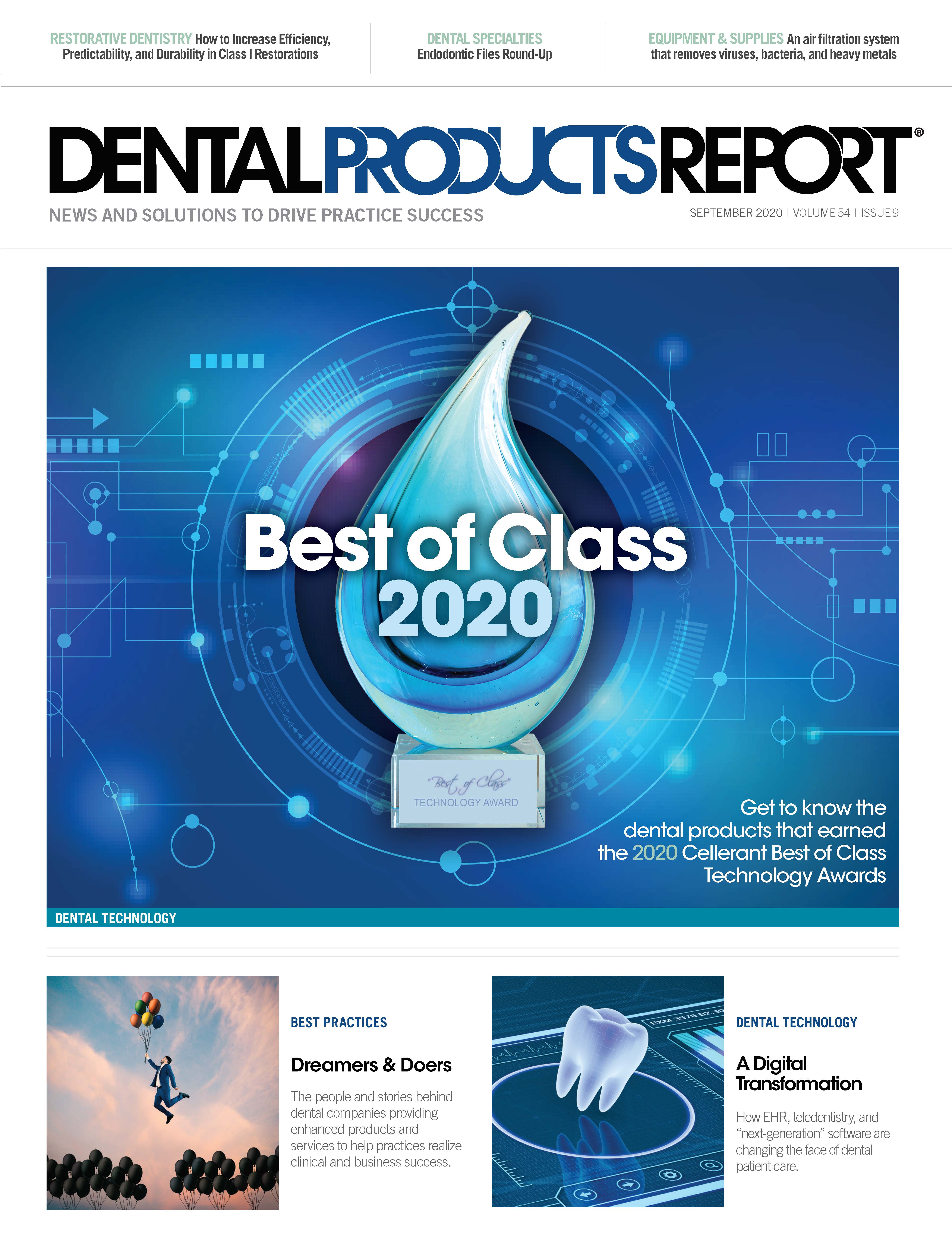Don’t Take No for an Answer
How dental practices can file successful COVID-related insurance claims.

In my work representing owners of medical and dental practices who have suffered losses due to the coronavirus pandemic, my clients come to me with the same story: the insurance carriers say that they are “sorry,” but there just is no insurance coverage for the claims that have closed or restricted their businesses.
“No, viruses are excluded from your coverage.”
“No, an executive order from the governor ordering your practice to close does not fall under the civil authority clause because there is no physical loss or damage to your property.”
“No, because if insurers covered these claims, they would all go out of business.”
Business insurance carriers have developed a strategy for shirking their responsibility to policyholders: issue blanket denials for all pandemic-related claims, regardless of circumstances, and hope that policyholders take that no as a final word and give up. Unfortunately, this strategy is often effective. Small business owners are dealing with unprecedented levels of stress and uncertainty, and fighting to get coverage from their insurer is just one of many tasks on a never-ending to-do list. It is no wonder many owners receive the initial denial letter in the mail citing the dense policy language seemingly designed to make the meaning inaccessible and conclude their claim is a lost cause.
The truth is, however, that with the right strategy and representation, owners can get beyond the “no” to win the coverage they purchased and faithfully paid the premiums for since their business opened. Here are some approaches to consider:
Find the right kind of support. Many business owners tend to turn to their insurance brokers to advise them on how to navigate claims. Brokers can be very helpful resources when purchasing coverage, but they are often not well equipped to compel an insurer to meet its obligation when a claim is denied. Likewise, your usual “go to” lawyer for dental practice-management matters also may not be the right person to consult on your insurance coverage. Legal counsel that specializes in these kinds of cases have more tools at their disposal to present a claim that successfully navigates the exclusions. When you tell your story in a way that fits the language of your policy, and is consistent with the way the courts construe coverage, it will improve your chances of harvesting the value of the coverage that you purchased.
Think broadly as you calculate the totality of your loss and damage. The specific language of your policy should shape the way you make your claim. Be sure to include not just the obvious loss of revenue resulting from the shutdown, but also the expenses you have incurred even though there was no revenue, such as your office lease and your equipment leases. You also need to account for the extra expenses you incurred in your efforts to adhere to safety guidelines as you reopen.
For example, most practices have adopted much more rigorous sanitizing procedures that require additional labor hours and special equipment. Your staff may be required to wear additional personal protective equipment, which is both costly to purchase and requires additional time to put on and take off at the beginning and end of shifts. Even small reductions in productivity like these add up to significant losses over time. Being able to prove how you are operating in different and more limited ways will strengthen your claim and help you obtain the value of the insurance you purchased.
Look ahead to calculate losses that will continue. Business interruption does not end when the governor or health department says you may reopen your practice. Even when you begin to see patients again, it is unlikely your revenue will soon return to anything close to normal. Longtime patients may continue to put off routine treatments as they try to assess various health risks, and providing some services you once did may be difficult or impossible given the new restrictions. Your employees may need more time off than before to take care of their own health or be with children who have not yet returned to camps or schools.
All of these circumstances will ultimately impact your business, even if you live in a state that appears to be “back to normal.” Make sure your claim is presented in a way that accounts for the full scope of the continuing disruption.
Many practice owners are feeling understandably worn down and even demoralized by the challenges of the past few months. But a denial of coverage by your insurance company does not have to be the final word on your claim. Don’t take no for an answer. Get the help you need to file a successful claim and move your practice through this difficult year to better days ahead.
